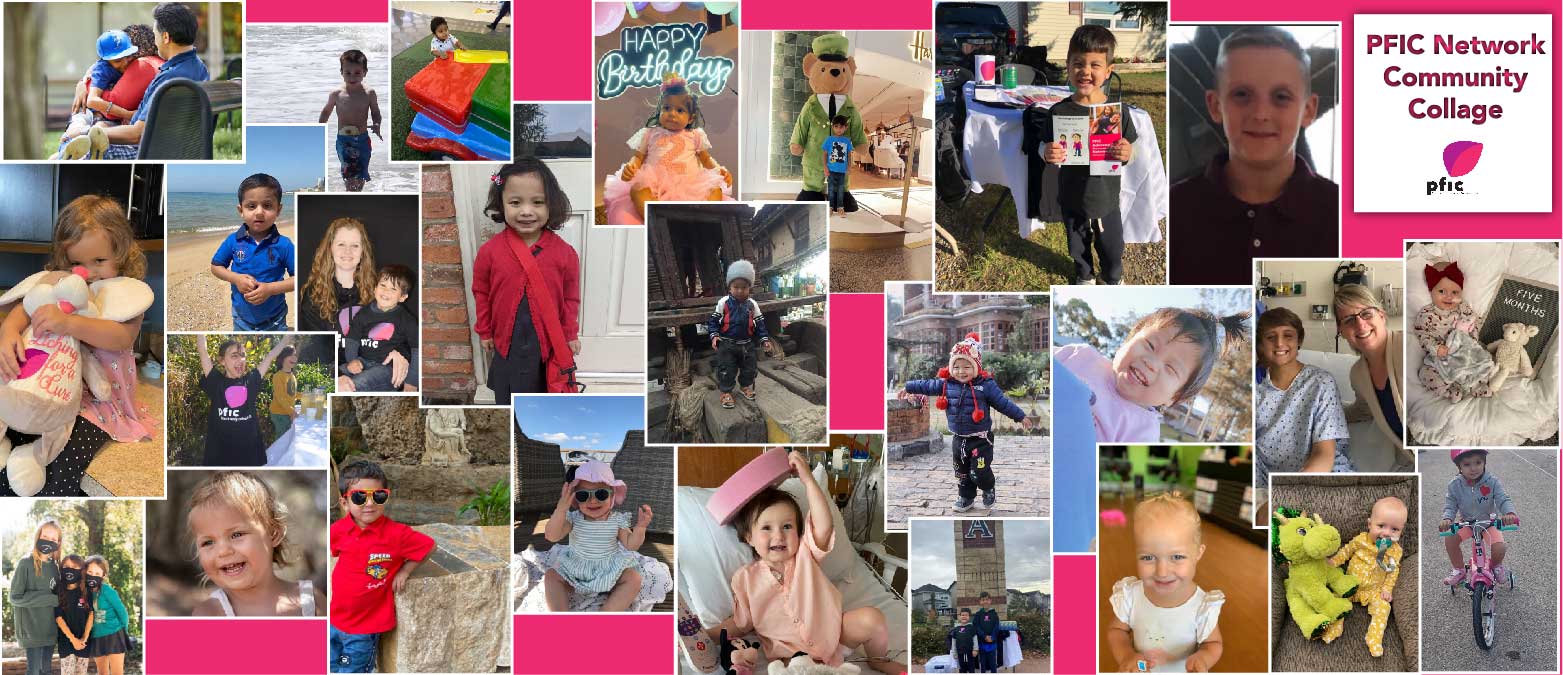ALT and AST: Markers of liver injury
Autosome: Any chromosome that is not a sex chromosome
Bile: Liver cells (“hepatocytes”) are responsible for making bile. Bile is a yellow fluid that contains a number of compounds including bile salts, phospholipids, cholesterol and waste products from the body.
Bile acid: Bile acids are chemicals made by the liver from cholesterol. In a healthy individual bile acids are transported from the liver to the intestines where they help to absorb fats, fat soluble vitamins and other fat-soluble nutrients. They are then circulated back to the liver such that they can be reused
Cholestasis: means poor bile flow and build-up of substances in the liver that would normally be carried out of the liver into bile and then the intestines blocked
Cholestatic Pruritus: is the sensation of itch due to liver disease
Chromosome: Chromosomes are large molecules that mainly consist of DNA
Dominant: Dominant disorders a single defective copy of the gene can lead to disease. The impact of that defective copy is dominant over the other copy which is healthy.
Familial: originally described in families and related to changes in genes
Gamma GT (GGT): a type of liver enzyme which may help to distinguish between the types of PFIC
Genes: Chromosomes are large molecules that mainly consist of DNA. Genes are short parts of a chromosome that contain the genetic code for heritable characteristics. Some characteristics such as height are influenced by many genes, and some just by one single gene. Humans have two copies for most genes including those associated with PFIC.
Intrahepatic: involves disease inside the liver
Jaundice: Yellowing of skin or eyes
Liver: The Liver is the largest solid organ in the body. It plays an essential role in many different body functions, such as removing toxic substances from the blood, or producing proteins and biochemicals (bile) that are necessary for digestion and growth.
Mutations: A change in the genetic code
Offspring: A person’s child or children
Progressive: tending to get worse over time
Recessive: Dominant disorders a single defective copy of the gene can lead to disease. The impact of that defective copy is dominant over the other copy which is healthy.
Stakeholder Roles in a Collaborative Research Model
Academic & Government Researchers: to develop an understanding of the causation and natural history of the disease and identify possible therapies
Government Regulators: To ensure the safety and efficacy
Patients & Caregivers: to participate in the research process: identifying treatment priorities, focusing research efforts and funding basic and clinical research
Pharmaceutical & Biotech Companies: to develop an understanding of the causation and natural history of the disease and identify possible therapies
